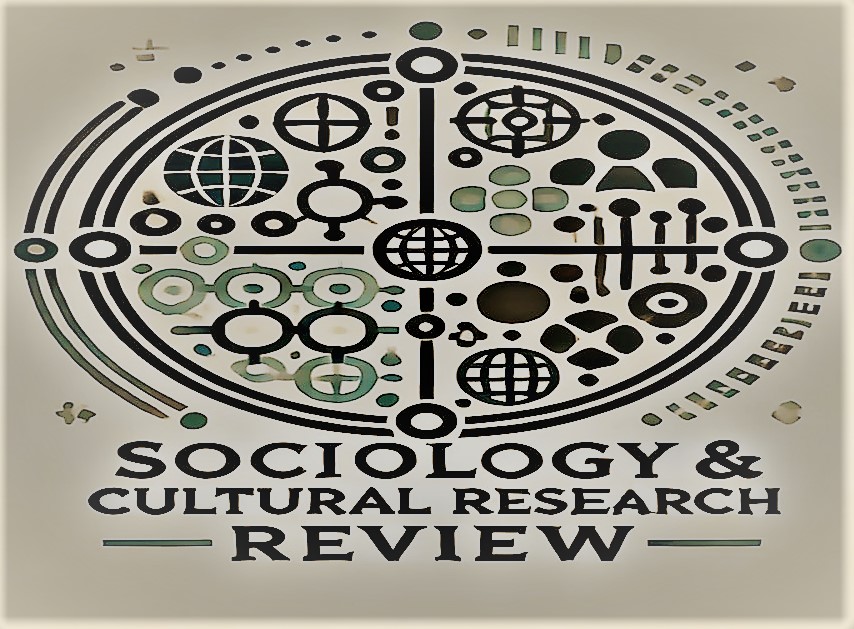Heavens in Harmony: A Qur’anic and Astronomical Perspective on the Cosmos
Abstract
This paper examines the deep connection between the Quranic science and the modern astronomical observations in both a theological and scientific perspective. Based on classical exegesis and guidance of modern astrophysical theories, the paper explores the main verses of the Quran that outline the nature and the making of the universe, as well as related dynamics. The verses of the Quran such as Surah Al-Anbiya (21:30), Surah Adh-Dhariyat (51:47) are compared with the scientific notions including Big Bang theory and cosmic expansion, which shows significant similarities between the scripture and the empirical evidence. The Quran describes the orbits of celestial bodies, the stratified form of the heavens, and the relativity of time which are in harmony with orbital dynamics, the multi-dimensional universe and time dilation respectively. The study uses a hermeneutic approach (tawil) to bring out how these revelations precede contemporary findings as well as contradict the revelation-rational investigation division. The paper demonstrates how NASA-supported information and the astrophysical theories critically relate to tafsir traditions (e.g., Ibn Kathir and Al-Razi) to accentuate the ability of the Quran to incite scientific and religious interest. The results present the necessity of revival of Quranic cosmology in the Islamic schools and intellectual discourse through a moderate approach that does not dismiss the divine revelation and scientific validity. Finally, such a holistic method reinstates the timeless nature of the Quran to answer the queries surrounding the universe, and also fosters an epistemology that is both faithful and rationalistic in nature.
Keywords: Qur’anic Cosmology, Astronomy, Big Bang, Time Dilation, Tafsir, Celestial Order, Islamic Science, Revelation, Reason, Hermeneutics, Astrophysics




